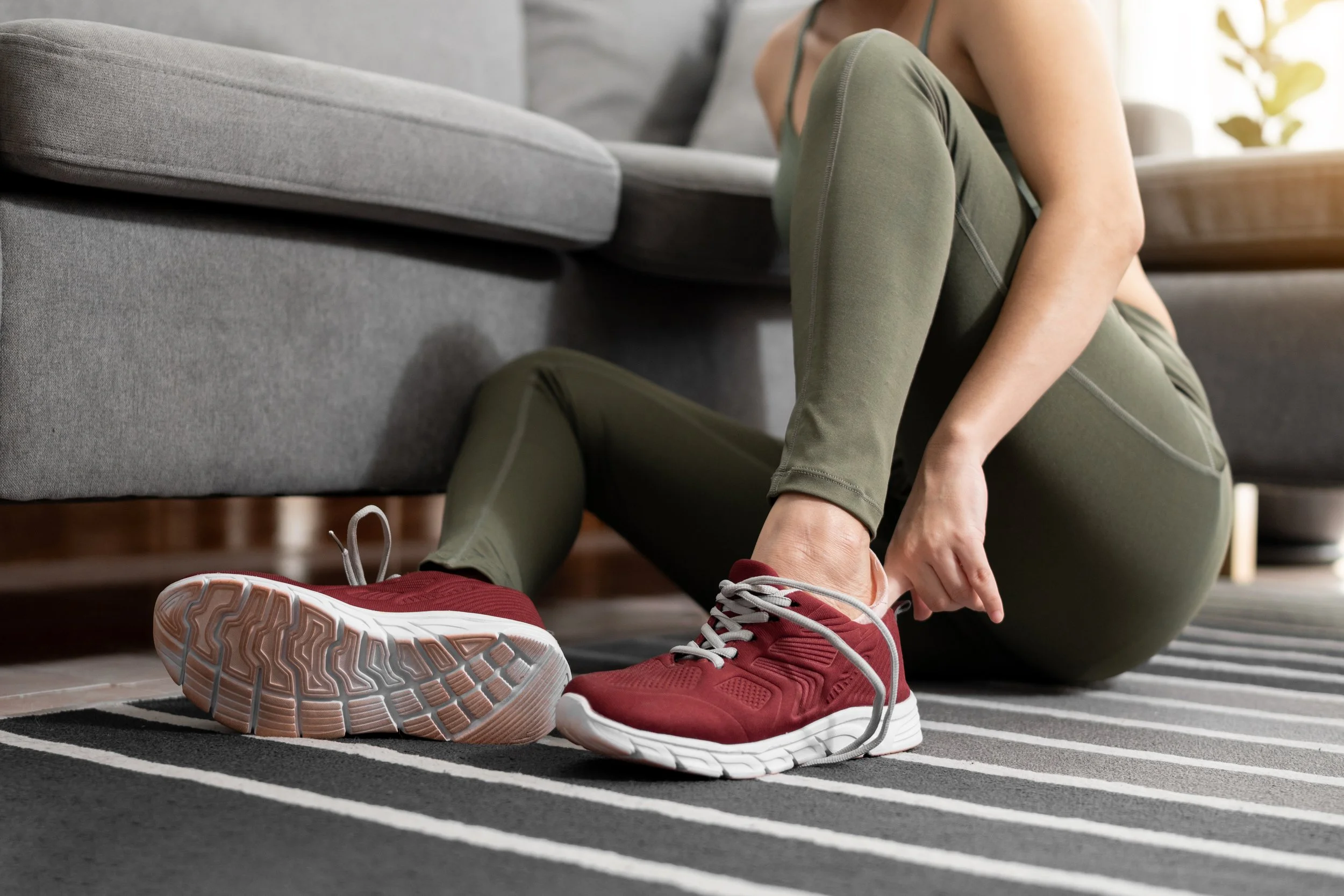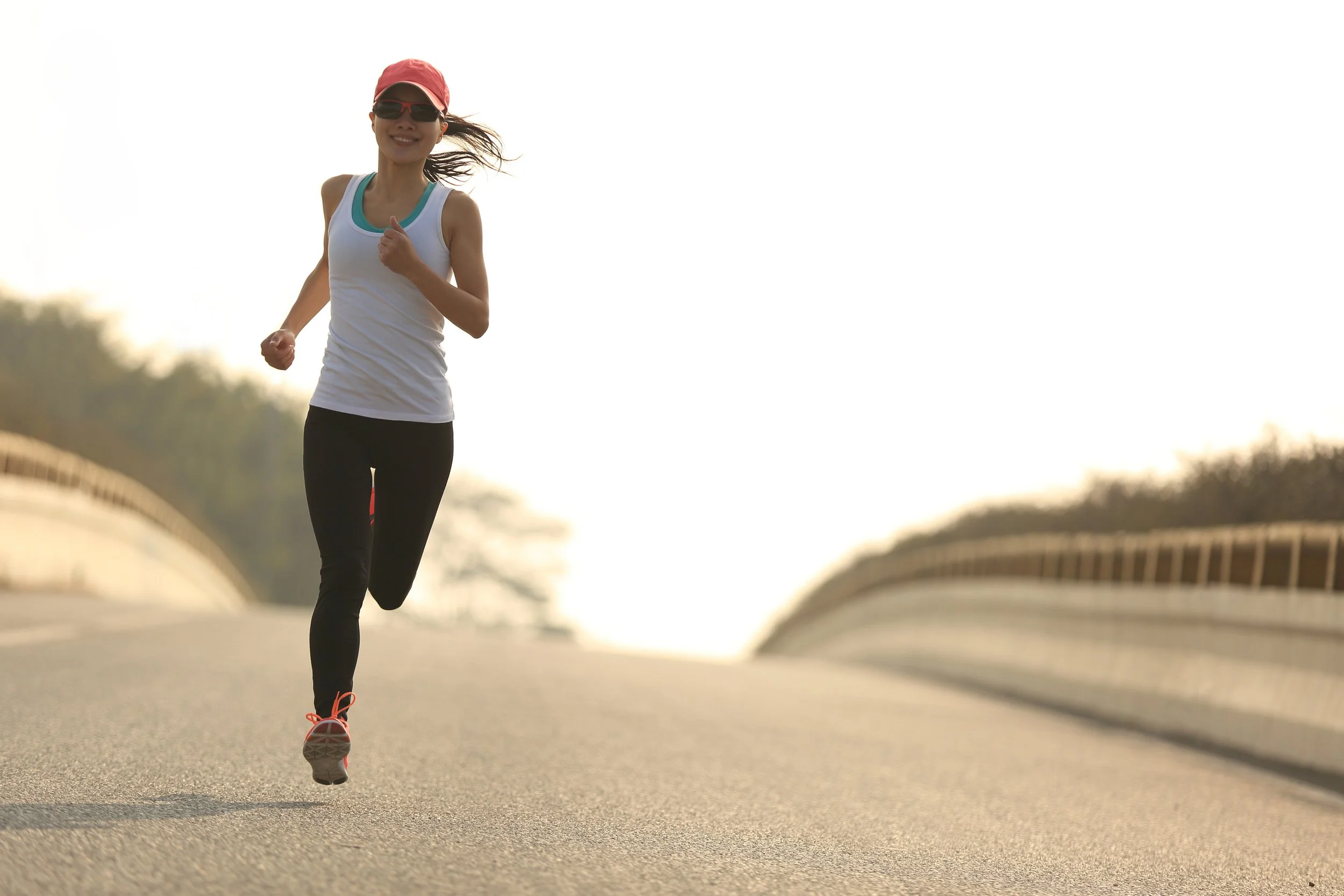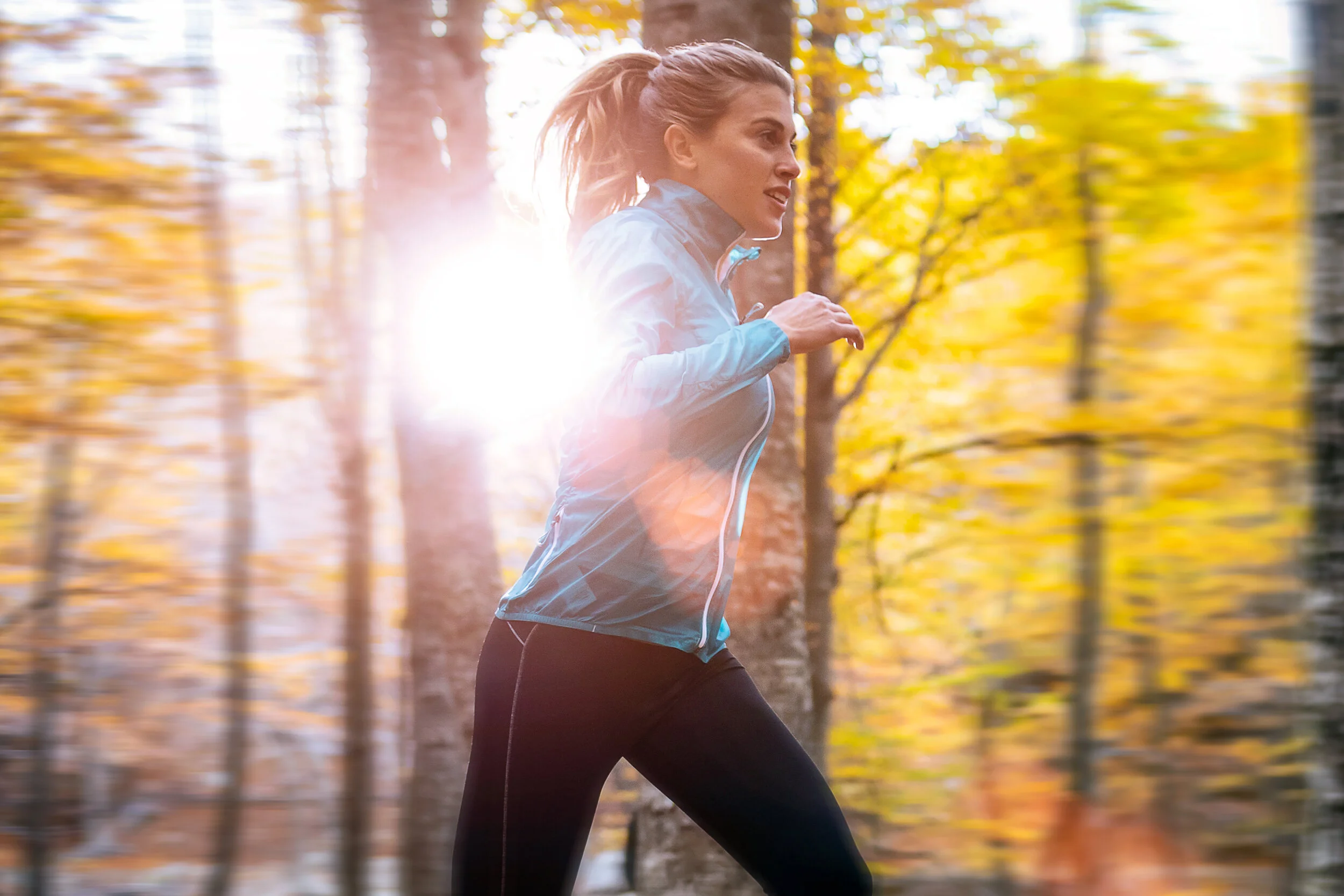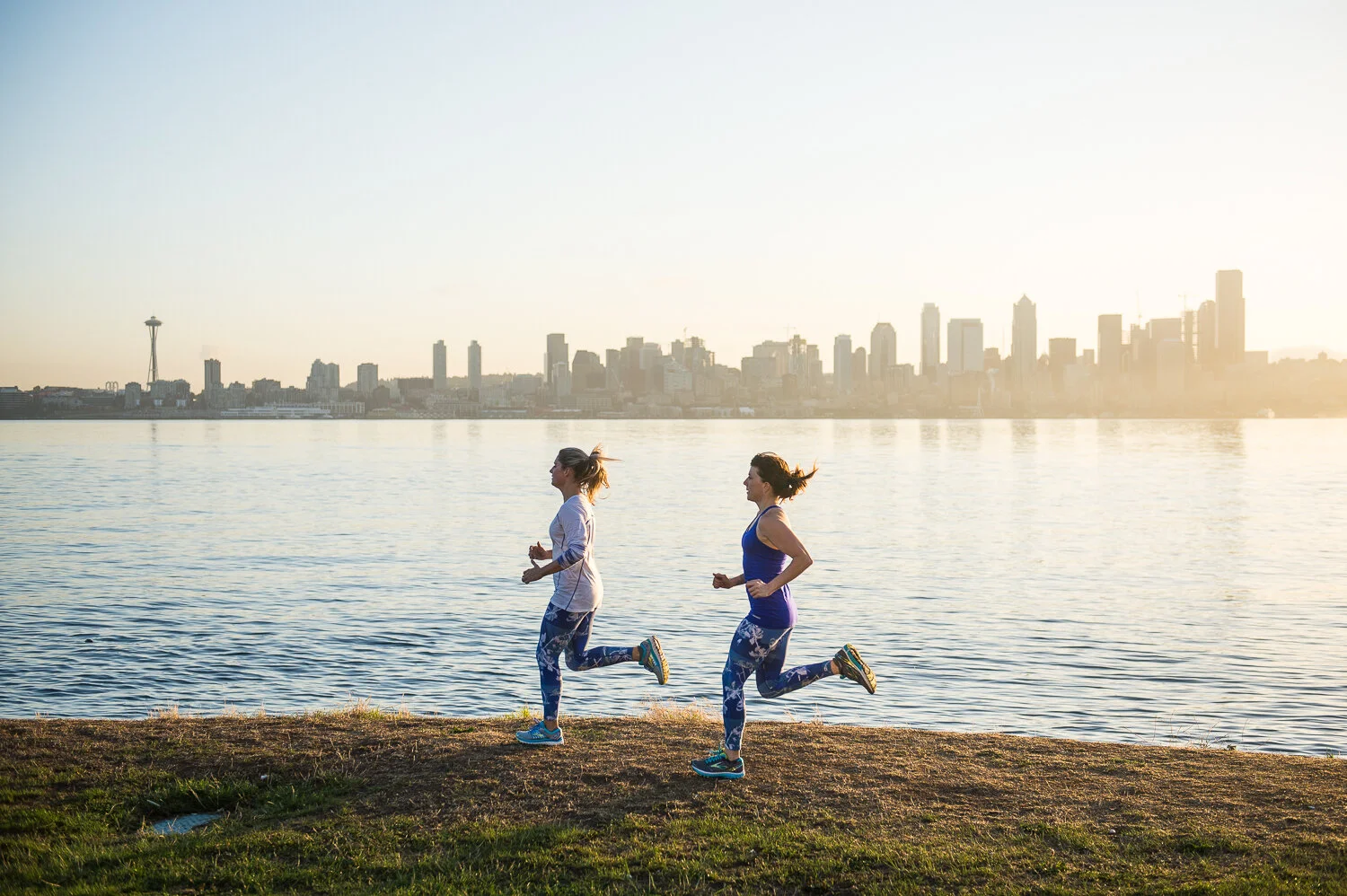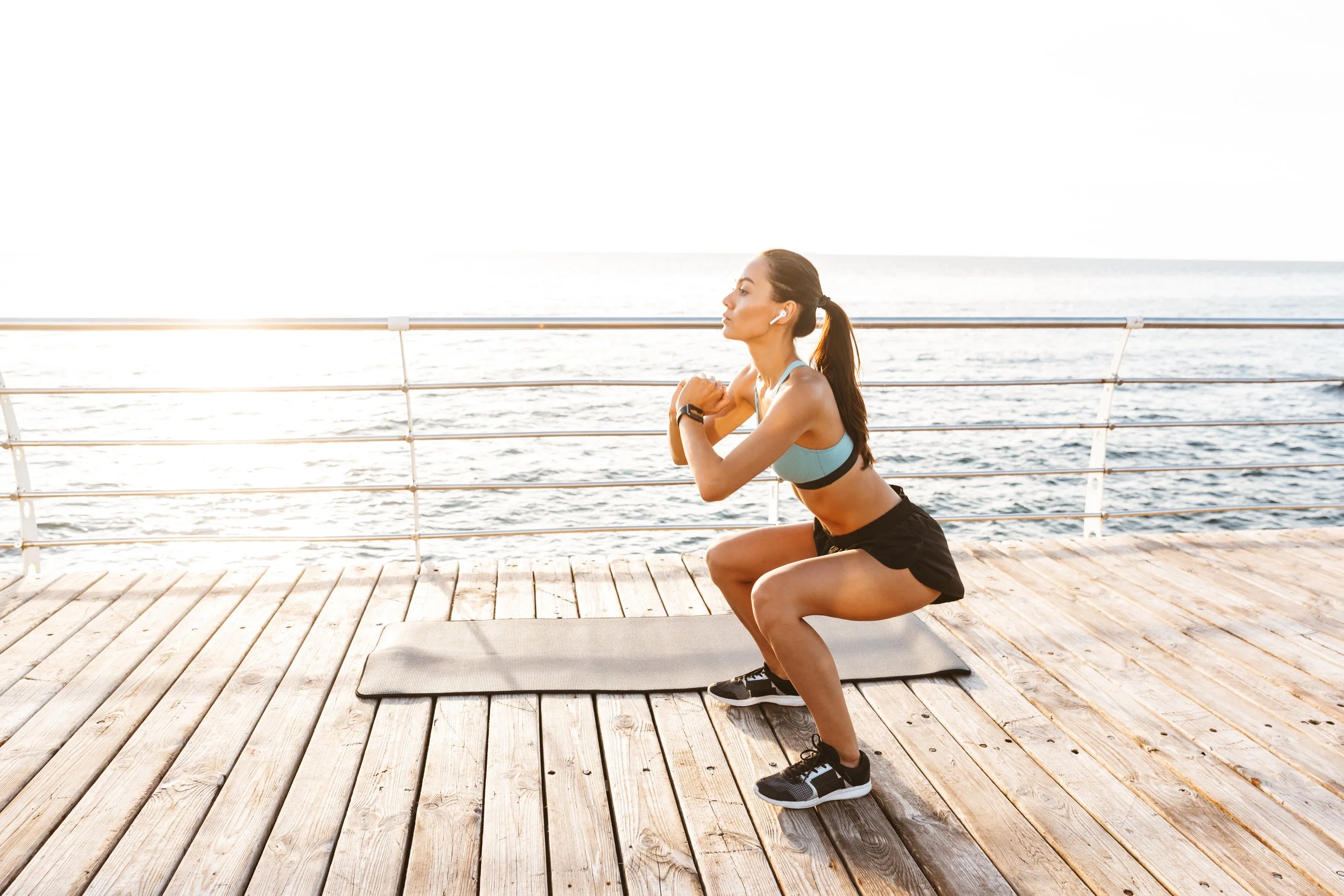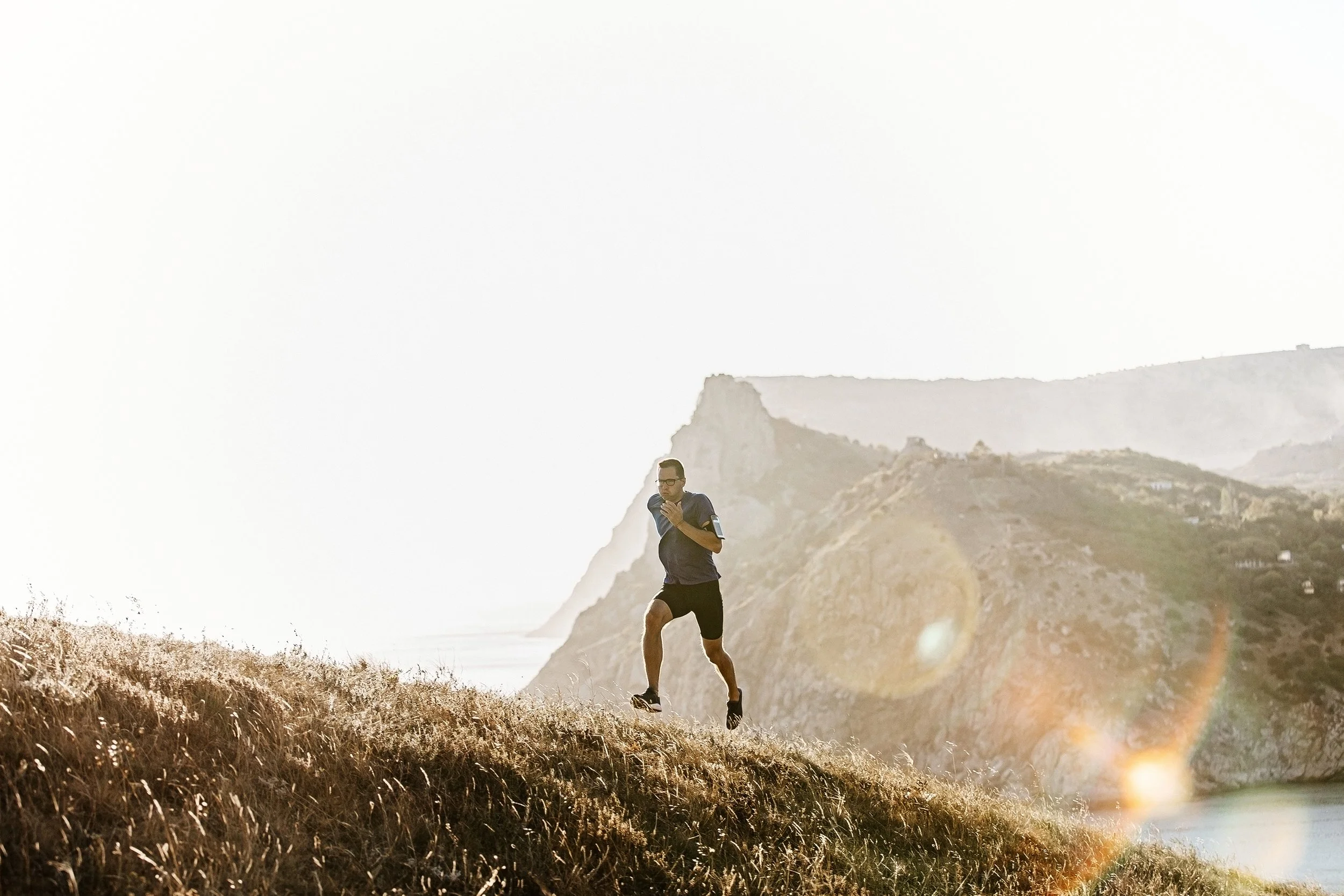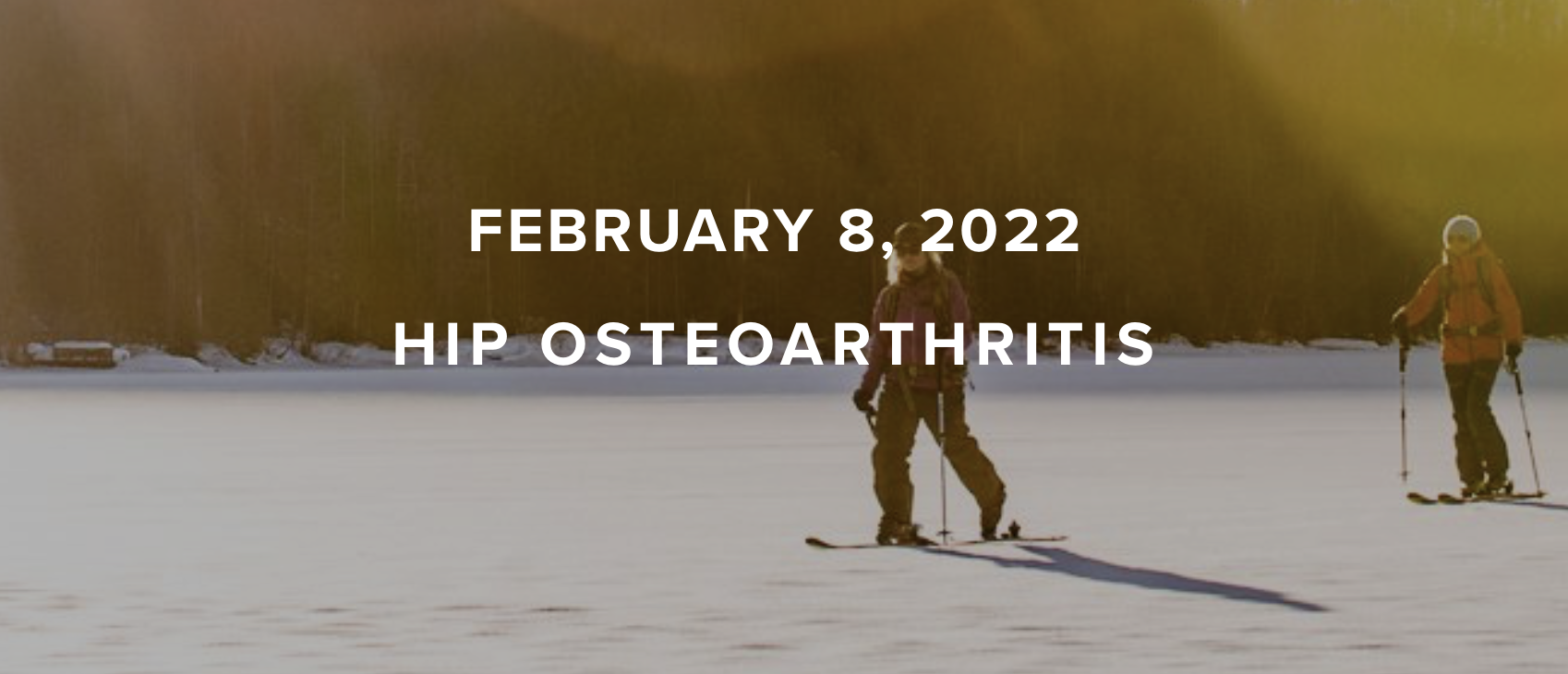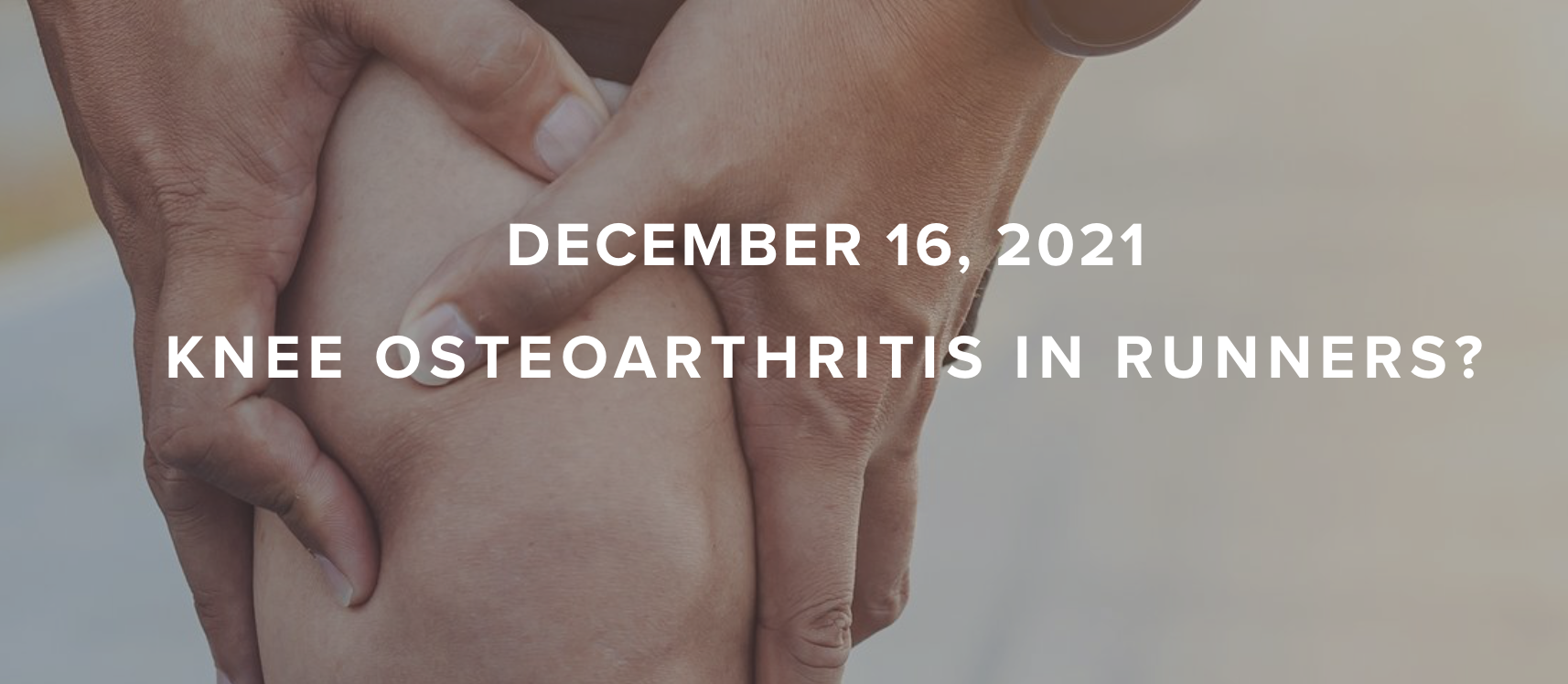Couch to 5K
Strength and Stability for the Novice Runner
Like many of us do in the New Year, I made it a goal to become more healthy and active in 2023. One of my goals was to Become A Runner– a tall order for me. To be completely honest, running and I haven’t had the best relationship. For me, running had to involve chasing a ball to be interesting… football, basketball, volleyball, softball, even spikeball. Running for the sake of running itself has never been at the top of my list. I’ve come up with a lot of excuses to avoid it: running is boring, it’s no fun to run on a track/treadmill, and most frequently, “running hurts my…(insert painful body part of the week)”. At the time, I automatically assumed that jogging would exacerbate my pain, rather than help it. However, as a physical therapist I have plenty of opportunities to treat runners, and have helped each return to their sport one by one. With my resolutions this year, my thoughts began to shift: if I could help others manage their injuries and return to running, then why couldn’t I do the same for myself? I decided to take on the challenge of performing my own case study, with myself as the patient: Can this couch potato successfully build his way to running a 5k?
Gathering Info for a Baseline
Full disclosure: the assessment and training program that I performed on myself are not going to be applicable to everyone. My colleague and I developed a customized training program that is specific to the areas that I needed the most work on. I highly recommend seeing a physical therapist yourself to get a full evaluation, a better understanding of your own deficits, and your own exercise program that is unique to your body. That being said, here are some of the functional testing we did to determine areas I needed improvement.
Double Leg Squat: Squatting is a useful assessment tool because it allows us to observe both functional range of motion (ROM) and strength. You can try this yourself at home. Stand with the tips of your toes against the legs of a chair. Grab a dowel or broom stick and place it directly behind your spine so that you don’t round your back as you squat. Squat down as low as you can without your knees touching the chair. Using a chair and a dowel is optional, but using them can help make it easier to recognize compensations in your squat. Take time to analyze your squat and answer the following questions:
Are your knees drifting or shifting towards the middle?
Are you having difficulty getting your thighs close to parallel?
Is it hard to perform the squat without your heels coming off the ground?
If you answered yes to the first two questions, you may have a glute strength deficiency. If you answered yes to the last question, limited ankle ROM could be one of the reasons you have difficulty with the squat.
““often said that the glute is the strongest muscle in the body, but is it true? Look how big your quad is compared to your glute. Strength doesn’t always revolve around size; it has to do with leverage. The glute max has one of the most direct lines of pull of any muscle in the body. It can generate a lot of force to extend your hip.” ”
Partial Single Leg Squat:
A partial single leg squat is an excellent estimation of an individual’s running mechanics, because much of the same demands for strength and stability apply in this position as they do while running. To perform this test, place both hands on your hips, stand on one leg, and perform a slow, controlled single leg squat until your thigh is at about 45 degrees. You don’t have to do a full squat, and it doesn’t have to be in “pistol squat” form. For me, one item my colleague and I observed was the direction my knee moved as I performed the squat– a bit of an inward drift. Ideally, the knee should not deviate past your 2nd toe. This could imply a lack of functional glute strength.
““Running is just moving the body’s center of mass forward while doing a bunch of single-leg squats. Single-leg balance is pretty close to the single-leg stance phase of running.””
The double-leg squat and the partial single-leg squat are two examples of screening tests we performed on me (and test on many of our runners), to determine what deficits would limit my progression back to running. We also performed a handful of isolated muscle and balance testing to develop a plan that was unique to me and help prepare me for the journey ahead.
““One of the many mantras that I recite in working with runners is that “Running is about rhythm and timing.””
Establishing a Training program
Running is a sport. Recreational runners like myself who fall into the “weekend warrior” category tend to go out and run without any ramp-up or training routine, and therefore have a higher likelihood of sustaining an injury. One of the most common mistakes I encounter with runners is that they fail to establish a routine strength training regimen. You must prepare your body to be able to handle repetitive forces prior to starting a running program. Before going out on my first run, I spent a month going through a program that focused on improving my strength, stability, and ROM, based on my findings from the assessments above. Running is a dynamic sport that requires different parts of the body to smoothly operate with one another. In my program I chose to train my body in a way that focuses on stressing the body in three different planes of motion to help me tolerate the demands of running. The exercises discussed here are a snapshot of a full-body treatment plan. As always, go see your local physical therapist to work on an individualized exercise program that fits your needs.
Strength Training for Running
Your glutes are your primary movers when it comes to running. They are primarily responsible for helping propel your body upwards and forwards as you run. They also help you transfer forces throughout your body, reducing stress on the joints by acting as your body’s shock absorbers with the landing in each footstep. One of my favorite exercises to strengthen the glutes is a Bulgarian squat because it helps address both the propulsion and landing phases of running. There are endless variations of this exercise that can increase the amount of challenge, but to start off, focus on performing the movement without any weights. Take care to lower into the lunge position slowly and with control; focusing on this will emphasize the type of strengthening relevant to the landing phase in your run. Once you’ve got that down, refer to this video A Way To Change Up Your Squat - Bulgarian Split Squat Variations to learn some different variations of the exercise. If Bulgarian squats are too difficult or painful, try doing double leg activities such as double leg squats or a leg press machine first.
Stability Training
Runners need stability. Imagine your body being a spring; your body will compress and recoil with every stride you take. Lack of stability means that your spring will not compress efficiently in the vertical plane, and you’ll spend excessive energy maintaining your balance and propelling yourself forward. There are a variety of reasons why a runner might lack stability, but decreased glute and core strength are common potential sources for this dysfunction. Decreased hip strength (from your glutes) leads to a hip drop, which alters the mechanics in the rest of your leg and can lead to changes in the forces at your hip, knee, and ankle. Improving hip strength to help keep your pelvis level can mitigate these excessive forces. An exercise I like to use to help maintain hip stability is the stork exercise. Once you master this exercise, you can try combining this exercise with a single leg squat. Make sure to keep your hips level the entire squat range.
Likewise, core stability is also key for efficiency and injury prevention while running. You want to be able to maintain a rigid core to help transfer forces and energy throughout the body more effectively. One exercise that works well as both a strengthening and balance exercise is a step up march with an overhead press: as you step up, the overhead press will cause your center of gravity to change, requiring activation of your trunk muscles to keep your body upright. The video here demonstrates how to appropriately perform this exercise Step-ups - Runner's World Workout. Make sure you step down slowly; eccentric-type strengthening is most relevant for the deceleration component of your running stride, and will help protect your knees and other joints during the impact in each step.
Starting a Running Program
When I started running for the first time, I made sure to start with a “walk-jog” program. I jogged for 2-minute intervals with a minute of jogging and a minute of walking until I reached 10 minutes of running time. It is important to start with this kind of program because it helps limit you from overtraining. One mistake novice runners tend to make is that they jump right into a long-distance run. The repetitive impact that occurs from running after a prolonged absence can easily lead to pain or discomfort, and the risk of injury during the initial phase is higher for those who have not established a strengthening program. I recommend keeping track of your runs by writing down the distance, time, and pace you were running at. Having these kinds of stats can be helpful if you have a week where you suddenly get pain while running; you’ll be able to more easily spot the point of overtraining. The phrase “no pain, no gain” does not apply here! There is a difference between good discomfort and bad pain, and if your pain levels rise to a level where you are having sharp pain, have difficulty putting weight through your foot, or have pain that lingers long after the exercise, then you may be overdosing your run program. Keeping track of the stats can help you become more aware of how to progress your running program at a safe and appropriate pace.
“Listen to your body as you begin this journey and transformation. If you do you will meet your goals in amazing fashion.”
Helpful Tips to Be a Better You
My second tip: rest days are just as important as training days. Overtraining can lead to injuries, which then limits your progression in the long term. Depending on the intensity of your training, most people will feel the peak of delayed onset muscle soreness (DOMS) on the second day after training. I recommend taking at least 1-2 days of rest before training that same muscle group again. You can continue to stay active on your rest days by training other muscles or do different types of training. For example, if you were to go for a run on Monday, perform some strengthening training on Tuesday, and return to a lighter jogging exercise on Wednesday.
Lastly, go see a physical therapist! Whether you have aches and pains or you feel perfectly fine, a PT will help diagnose potential biomechanical muscular deficits that can be addressed to make you a better athlete. We can work with you to build a home exercise program that can help you progress towards your best self and accomplish your goals. We’re always here to get you back on track, and hopefully I’ll see you out there!
AUTHOR:
Hork Do, PT, DPT
LWPT Redmond Physical Therapist
CONTRIBUTORS:
Ben Wobker, PT, MSPT, CSCS, CFSC, SFMA
Founder & Director Lake Washington Physical Therapy
Bob Adams, DO
Sports Medicine Physician and Frm. Head Physician for USATF
Dr. Ghislaine Robert, MD
Sports Medicine Physician
Dr. Dayne Mickelson, MD
Orthopedic Surgeon
Dr. Troy Henning, DO
Swedish Sports & Spine
Dr. Christopher Boone, MD
Orthopedic Surgeon
MORE BLOGS
MORE WEBINARS
References
Dicharry J. Clinical Examination of the Runner: Assessment, Testing, Gait Correlations, and Corrections . lecture presented at the: https://www.medbridgeeducation.com/certificate_programs/11028-build-a-better-runner-rehab-prevention-and-peak-performance. Accessed March 24, 2023.
Carroll LA, Kivlan BR, Martin RL, Phelps AL, Carcia CR. The Single Leg Squat Test: A "Top-Down" or "Bottom-Up" Functional Performance Test? Int J Sports Phys Ther. 2021 Apr 1;16(2):360-370. doi: 10.26603/001c.21317. PMID: 33842032; PMCID: PMC8016417.

